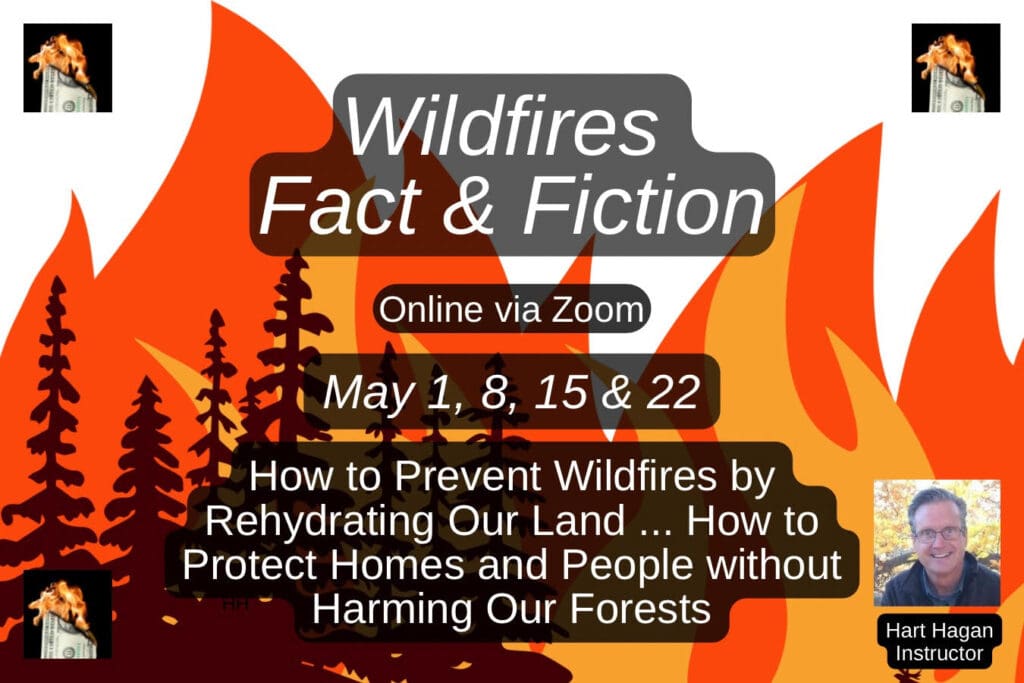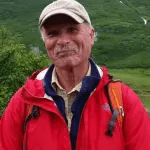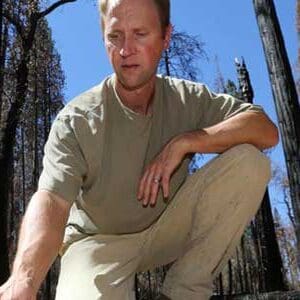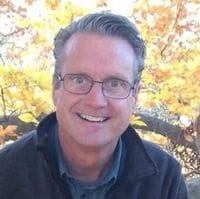Wildfires Fact & Fiction:
How to Prevent Wildfires by
Rehydrating Our Land;
How to Protect Homes and People
Without Harming Our Forests
May 1, 8, 15 & 22
Thursdays — 12:00 noon & 7:00 pm ET

Featuring 2 Expert Guest Speakers:
George Wuerthner — May 8 – 7:00 pm ET
Chad Hanson, PhD — May 15 – 7:00 pm ET
A Special Mini-Course in Response to the Escalating Wildfire Crisis
Wildfires are a very real threat, and we should be prepared. But unfortunately, we have been sold a range of false solutions (e.g., fuel reduction, forest thinning and prescribed burns), all at taxpayer expense. Wildfires Fact & Fiction will equip you with the most essential knowledge to protect homes and communities, while giving our forests what they really need, which is to be naturally rehydrated and nurtured as ecosystems.
What’s Really Fueling Wildfires—And How Can We Stop Them?
Starting on January 7, 2025, wildfires tore through parts of Los Angeles taking 29 lives, destroying 18,000 homes, and scorching 57,000 acres. More than 200,000 residents were forced to evacuate as flames raged across parts of the city and the surrounding county. In the aftermath, politicians blamed one another for causing the fire and for failing to respond effectively.
The increasing urgency and growing pressure for a solution has led policymakers to push for aggressive forest thinning and controlled burns—often without environmental review. Unfortunately, these approaches can make the problems worse by drying out landscapes even further, making wildfires more intense, and putting communities and forests at greater risk.
But there’s a better way—rehydrate the land.
After all, wet wood doesn’t burn.
What Science—and Experience—Tell Us
Based on research and experience, in this course we will explore examples of some of the worst wildfires that have ignited in areas that had already been logged and thinned—like the devastating 2018 CampFire in Paradise, California. We will also examine the role of prescribed burns, both historically and in today’s hotter, drier world.
By restoring biodiversity, we can rebuild the soil sponge, rehydrate plants and trees, and reduce wildfire risks. Healthy, thriving ecosystems hold water, making them far less susceptible to fire.
This mini-course will show you how to apply these principles to protect your home, your community and advocate for policies that work.
What You’ll Learn
In Wildfires Fact & Fiction, we’ll separate fact from misinformation and explore real-world, science-backed solutions to wildfire prevention.
You’ll discover:
- What the research says about forest thinning, fuel reduction, and prescribed burns for reducing the incidence of wildfires
- How rehydrating forests, home landscapes, farms, and grasslands can dramatically reduce fire risks
- The most effective “home hardening” and “defensible space” techniques to save lives and protect property
- Real-life case studies of communities and farms that survived devastating wildfires—while neighboring communities burned
- Why beavers are nature’s best firefighters—and how their ponds create fire-resistant landscapes
- How to decipher wildfire policies—and what language to watch out for in local, state and federal policy
- How to balance nature’s cycles, human safety and the health of entire ecosystems
Why You Should Attend
This special mini-course will give you a clear understanding of what truly causes wildfires—and what actually reduces their risk.
Whether you’re a homeowner, concerned community member, environmental advocate, or professional in conservation and forest management, this course will equip you with the knowledge and practical solutions you can implement at home and in your own community.
As the planet continues to become hotter and drier, wildfires will continue to increase. However, with the right approach, we can prevent destruction, build fire-resilient communities, and protect people, homes, wildlife and our forests.
Reserve your spot today!
Format
- Online mini-course via Zoom x 4 weeks
- May 1, 8, 15 & 22 – 2025
- Thursdays at 12:00-1:30 PM and 7:00-8:30 PM (Eastern Time, US) – attend either class or both
- Recordings available to students
- In between classes, connect with the instructor and other students via an exclusive email group
To register, click the button below:
Guest Speakers

George Wuerthner is an ecologist and writer who has published 38 books on various topics related to environmental and natural history. Among his book titles are Welfare Ranching-The Subsidized Destruction of the American West and Wildfire-A Century of Failed Forest Policy.
He has been on the board or a science advisor of numerous environmental organizations, including RESTORE the North Woods, Gallatin Yellowstone Wilderness Association, Park Country Environmental Coalition, Wildlife Conservation Predator Defense, Western Watersheds Project, Rewilding Institute, The Wildlands Project, Patagonia Land Trust, The Ecological Citizen, Montana Wilderness Association, Montana Wild Bison Restoration Council, Friends of Douglas Fir National Monument, Sage Steppe Wild, and others.
To review his important work, visit:
The Wildlife News.
May 8 — 7:00 pm ET

Chad Hanson earned his Ph.D. in Ecology from the University of California at Davis in 2007, with a research focus on forest and fire ecology and the rare wildlife species that depend upon post-fire habitat in forests of the Sierra Nevada and elsewhere in the western U.S.
He has published an impressive list of scientific research papers on forest and fire ecology, wildlife use of burned forest and fire history and trends.
To review his important work, visit:
John Muir Project.
May 15 — 7:00 pm ET
Your Course Instructor

Hart Hagan is an environmental reporter who has produced nearly 400 radio shows and close to 300 videos since 2018. He is the founder of Water & Climate, a Facebook group with over 4,600 members. Six years as a climate reporter has led him to focus on the value of ecosystems and water cycles as a key driver of climate, and the primary means of curbing extinction and providing habitat for our fellow species.
Hart is passionate about educating people that in order to understand flooding, drought, heatwaves and wildfires, we must look beyond CO2 and examine how we treat our land. He is an avid gardener with a focus on native wildflowers and creating landscapes that capture all the rainfall.
Hart is also an educator, a native plant expert, an Accredited Organic Land Care Professional certified through the Northeast Organic Farming Association, and he has been trained by the Savory Institute in the ecological evaluation of pastures through a process known as Ecological Outcome Verification.
To review and subscribe to Hart’s important work, visit his:
YouTube Channel: @harthagan23
Blog on Substack: harthagan.substack.com
Facebook Group: Water & Climate
Whether this is your first course or your tenth course, please join us if you are curious about nature and its power to restore the soil and other ecosystems to abundance. Everyone has much to learn and share, and there is much to be done. We are all on a journey of expanding our knowledge on nature’s climate solutions, and we each bring something valuable to the conversation.
If you have any registration or general course questions, email us at courses@bio4climate.org. If you have specific questions about the course for Hart Hagan, you can contact him at nhhagan@gmail.com.
